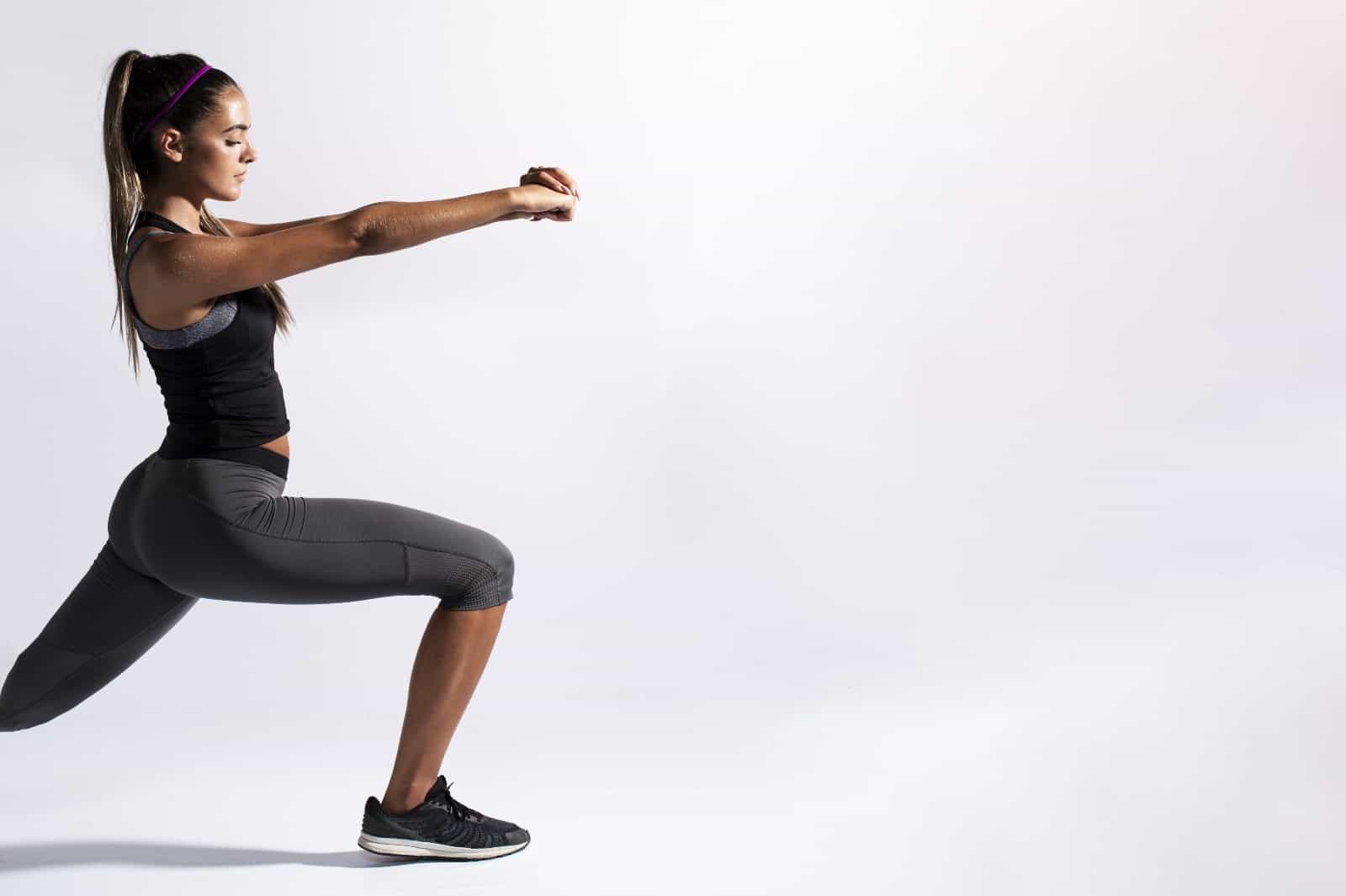Flexibility test
Whether our physical condition is excellent or lacks a little tonicity and stretching, flexibility is always an asset when it comes to sports. In muscle strengthening, cardio training, Pilates or fitness, it is that little extra bit of soul that makes our exercises easier and allows us to try many more.
Millions of people are registered in a gym. A figure that makes you think about the interest and usefulness of certain faculties such as flexibility. It is also the latter that will allow us to strengthen our physical capacities at the gym, or to get back into shape little by little, even by exercising at home. All this combines very well with a simple training program, and for everyone!
What is the purpose of flexibility?
Flexibility is a very basic, almost banal term that we hear everywhere, all the time, since our earliest childhood. To be supple to touch your feet during sport, to be supple to do the splits, to be supple for this, to be supple for that, in short, only supposedly good reasons to gain flexibility.
Because yes, the more flexible we are, the more we can do with our body what we want in each physical preparation session, for the most efficient physical activity possible. Because motivating yourself to do sports and practicing it is often much easier if you are gifted and have the basic elements. And flexibility is part of it, whether it is part of a sports practice or a tailor-made program.
The latter allows us to maintain a better posture in everyday life, but also our muscular coordination and general mobility. Indeed, it is indeed flexibility that participates in all this, in close association with stretching.
Thus, not working on flexibility regularly implies a reduction of our muscles (don't be afraid!), which gives this famous impression of stiffness and reduces the amplitude of our movements. We can take the big gap as an example, but also simply the small pain in the hips when we stand up, while we were sitting for a very long time.
It is a recurring problem that we have more and more, as good sedentary people that we are, and it is unfortunately only an example! We then need to practice dynamic exercises, which will reinforce and fluidify our movements, to be always more sportive, and always more efficient in our daily life, but also in the gym of course!
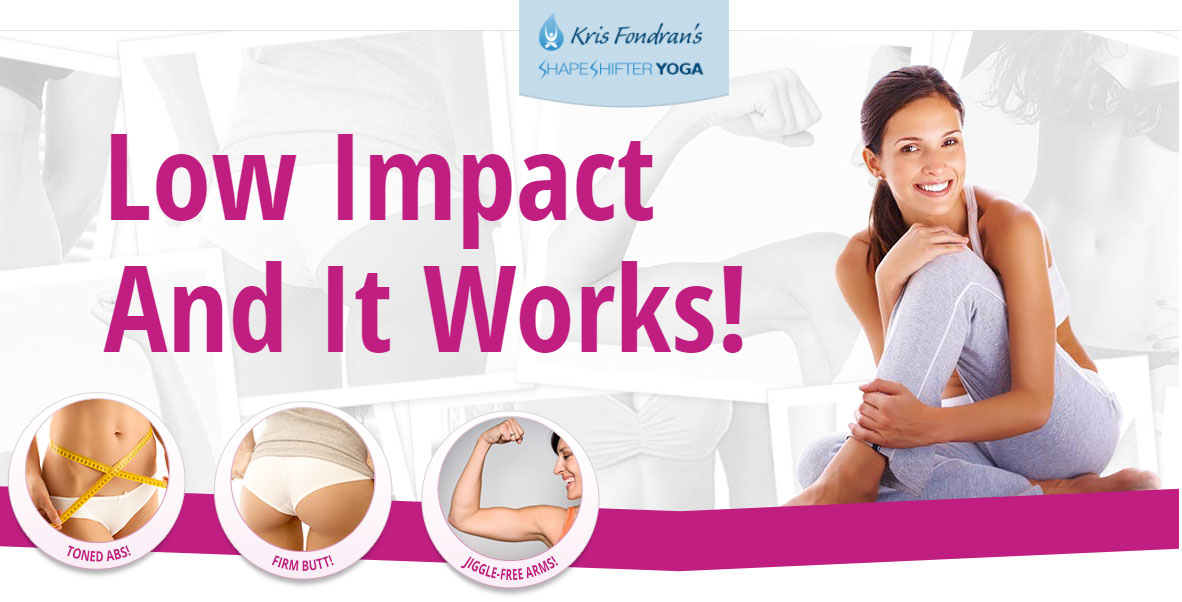
Flexibility exercises to do
There are a number of exercises to work on and test your flexibility. Most, if not all, fall into the category of stretching. After all, a stretch is more like a test when it comes to how our body reacts to bending, twisting, or repeating intense physical exercises.
You can, for example, lie on your back, buttocks against a wall, legs up, and spread your legs. Here we work the aductors, and little by little, your thighs will go further and further. It is not so complicated, to work the flexibility finally!
Another practical exercise allows you to work on flexibility without accessories, or even great efforts. In the standing position, you position one leg straight, in flex position, and another bent, and alternate. This way, we can work the leg ischiosis gently, efficiently, and without any real notion of pain. An effective progression and a way to overcome the pain!
We also all know very well the position that we all dreaded in sports classes at school. It is a question there, in standing or sitting position, of trying to catch our feet. All this is accompanied by an adapted breathing, which follows our movements, and which will allow a mental preparation to face a sport session.
Knowing how to perform a flexibility test correctly
Yes, knowing each exercise to be more flexible is good, knowing why to be flexible is even better, but knowing how to be flexible efficiently is just perfect! Because flexibility is like a real sport practice, you have to know how to master it to be as efficient as possible.
First of all, it is important to know that a flexibility test (which therefore often resembles a stretch) must not be painful in any way. Indeed, the main idea is not to give our body a useless strain, but to help it progress, with or without the necessary equipment.
We also tend to say, even to affirm, that frequency is more important than duration, when talking about efficiency. Indeed, it is better to do a small flexibility test every day than to practice it once a week for a very long time. It is a matter of getting our body and limbs used to flexing, of understanding that a movement is no longer so difficult to perform.
It is also important to take the joints into consideration. Wrists, shoulders, neck, all these parts of the body are also important because they are the link between the main limbs of the body, which we will work in flexibility. Because flexibility requires a global vision of the body and its functions, an external point of view on everything the body is capable of.
It is also very stimulating to tell oneself that one will be able to transform one's body into something that one has wished to see, thanks to one's efforts, will and motivation. The basic principle that will lead to a tenfold increase in efficiency is to set goals.
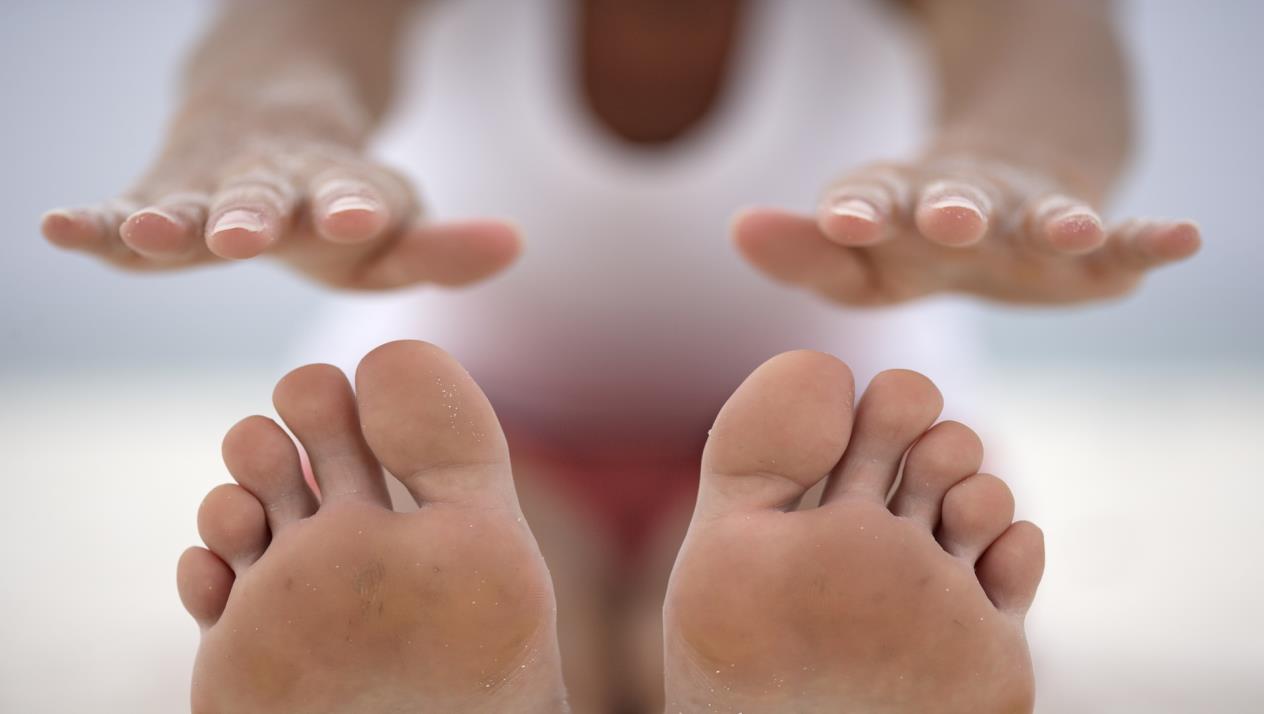
Take the Schober test to measure flexibility
While our members are very often solicited on a daily basis, stretching and flexibility are strong tools to do sport more efficiently, and to combine healthy sport and healthy lifestyle.
This is why exercises such as the Shober test exist. In short, this test measures the distance between the fingers and the ground, and visualizes the mobility of the lumbar spine. It can be performed very simply, from home, at work, or even in the subway, and without accessories!
The Shober test allows a good understanding of our flexibility, thanks to a very simple protocol that can be reproduced ad infinitum to measure the evolution and progress made.
What is targeted here is the entire posterior chain and lower limbs and trunk, and not the hamstring muscles, as one might think.
This flexibility exercise therefore consists of slowly tilting the bust forward, unrolling the back, feet together, arms outstretched, in an attempt to touch the ground with the fingers.
So how do you measure flexibility with this test? Well it's quite simple, by bringing the fingers as close to the ground as possible. This approach is the equivalent of shortening the distance between the fingers and the ground.
In order to carry out the Shober test properly, it is necessary to :
- Do not bend your knees,
- Do not do it too quickly,
- Tilt the bust in a progressive way,
- Perform the test under the same circumstances each time, so that you can measure the progress or not.
These elements will allow the body to become more supple efficiently, while preventing potential injuries or bad posture. This test can be fully integrated into a sports routine, muscle training program or abdominal exercises.
For the record, some elite athletes are so flexible that they need a small platform to perform the test. Because yes, their fingers go so low that they can touch under their feet, impressive no?
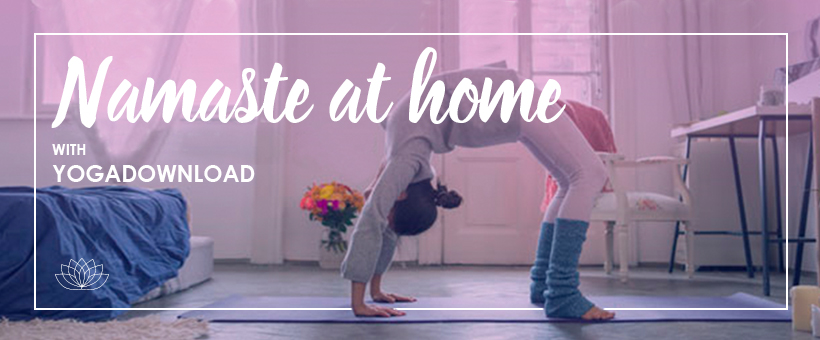
Do a flexibility test while playing a sport
Of course, if you are not athletic, doing a flexibility test is sometimes a bit complicated without being sure that the position is good or that the posture is not dangerous. However, if you're just starting a physical activity, or simply taking a trial class in a chosen discipline, chances are that you'll start with this type of test.
How can we practice a physical activity, with our body, without knowing how far it can go? Certain sports are therefore recommended to perform a flexibility test, while developing additional qualities, and simply doing some activity!
Yoga
Yoga is the first sport you can think of when you decide to do a flexibility test. And for good reason, this discipline includes many interesting postures when you want to test and practice your flexibility. Between the tree position, the dog position, etc., it's a whole body part that you will discover!
Practiced daily for 15 to 30 minutes, you will have noticeable and concrete benefits after a few weeks. Yoga is therefore this type of discipline that allows you to test your flexibility, and to reconnect your body with your mind, a winning combo!
Pilates
With at least 500 exercises on offer, Pilates is the method created by Joseph Pilates in the 1980s, and quickly became very popular worldwide. It has the advantage of combining several disciplines, and is suitable for all expectations, especially flexibility!
While we are here on an area where the abdominal belt will be worked on more, just like the spine, Pilates is a sport where being flexible is a real asset. A real asset that materializes in many positions. Don't hesitate to try it out during a trial class, for example!
The dance
Whether it is zumba, tango or classical dance, each discipline has its own particularity. On the other hand, flexibility is one of the common pivots. This same flexibility will allow more postures and steps to be executed if it is mastered.
Among the different dances, classical dance is obviously one of the most formative when we decide to test our flexibility, but this is without counting on contemporary dance, which, through large and wide steps, allows us to know how far our members can go. To be tested!
Stretching
Stretching lives up to its name: it allows you to stretch your limbs! Because yes, if our muscular elasticity can evolve, stretching is there to materialize it. By strengthening our tendons or joints, this discipline will have a real effect on the elasticity of our limbs and will visibly lengthen our muscles.
From the very first class, it will then be very easy to know where to place oneself on the flexibility ladder, by practicing, and by seeing how others manage. But never forget that nobody is bad, everybody is different!
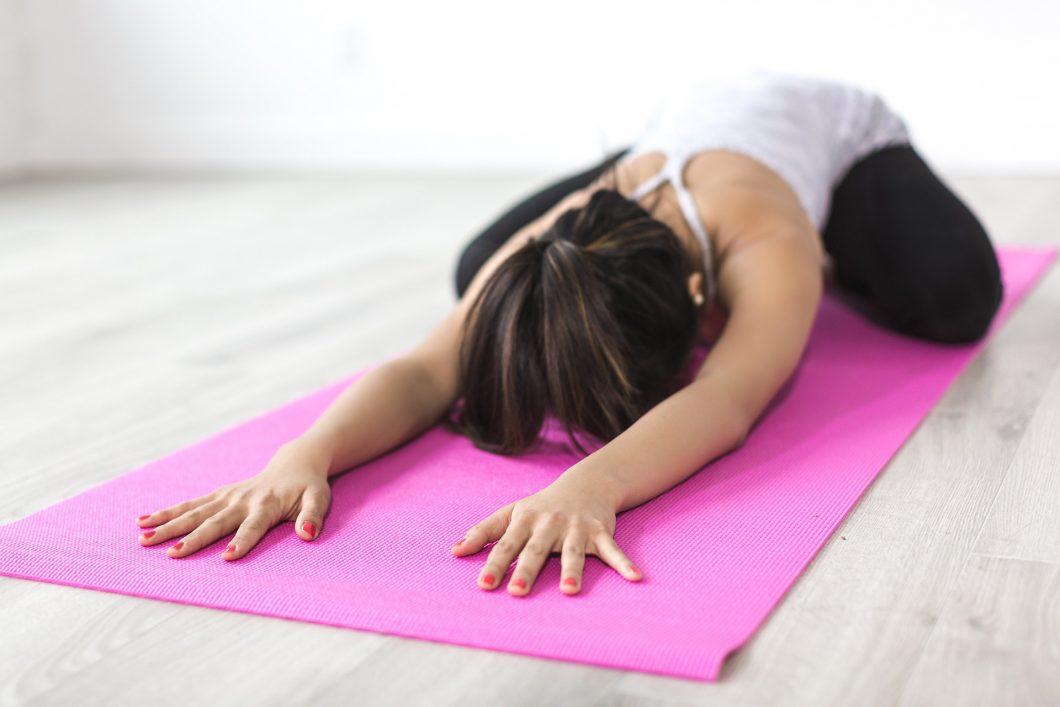
Some exercises to test your flexibility
And why not test your flexibility with a few simple, basic exercises that are accessible to everyone? This is probably the best exercise to know how to declare oneself "flexible" or completely "rigid", and here are these little postures:
• Work on the flexibility of the legs: This involves stretching both legs in maximum external rotation, and sliding a hedge slat between the legs, or stretching the leg by pulling the foot backwards,
• Working on the flexibility of the back and the spine: Here, we will roll the back forward, the head relaxed, taking as a base the standing position, both legs parallel,
• Work the flexibility of the back and the para-vertebral muscles: For this exercise, you should either put both feet behind your head in a dorsal curl, or keep your shoulders on the ground, and bend both knees tightly towards it,
• Working on the flexibility of the legs and hamstrings: Alone or with some help, this involves lifting one leg up, stretched vertically, lying on the back at the base,
• Work on the flexibility of the shoulders: With a vertical bust to start with, pass one hand behind the head on the opposite shoulder blade,
• Work on the flexibility of the hip (coxo-femoral): While lying on your back, we must bring the knee tight on the chest with our hands, then keep the other leg stretched out on the ground.
Thus, thanks to small exercises like these, we will be able to test our flexibility while discovering our body and realizing that each of our members plays a real role in our organism.
Maybe that's what a flexibility test is all about: it's about getting to know yourself so that you can use your body in the best possible way.


